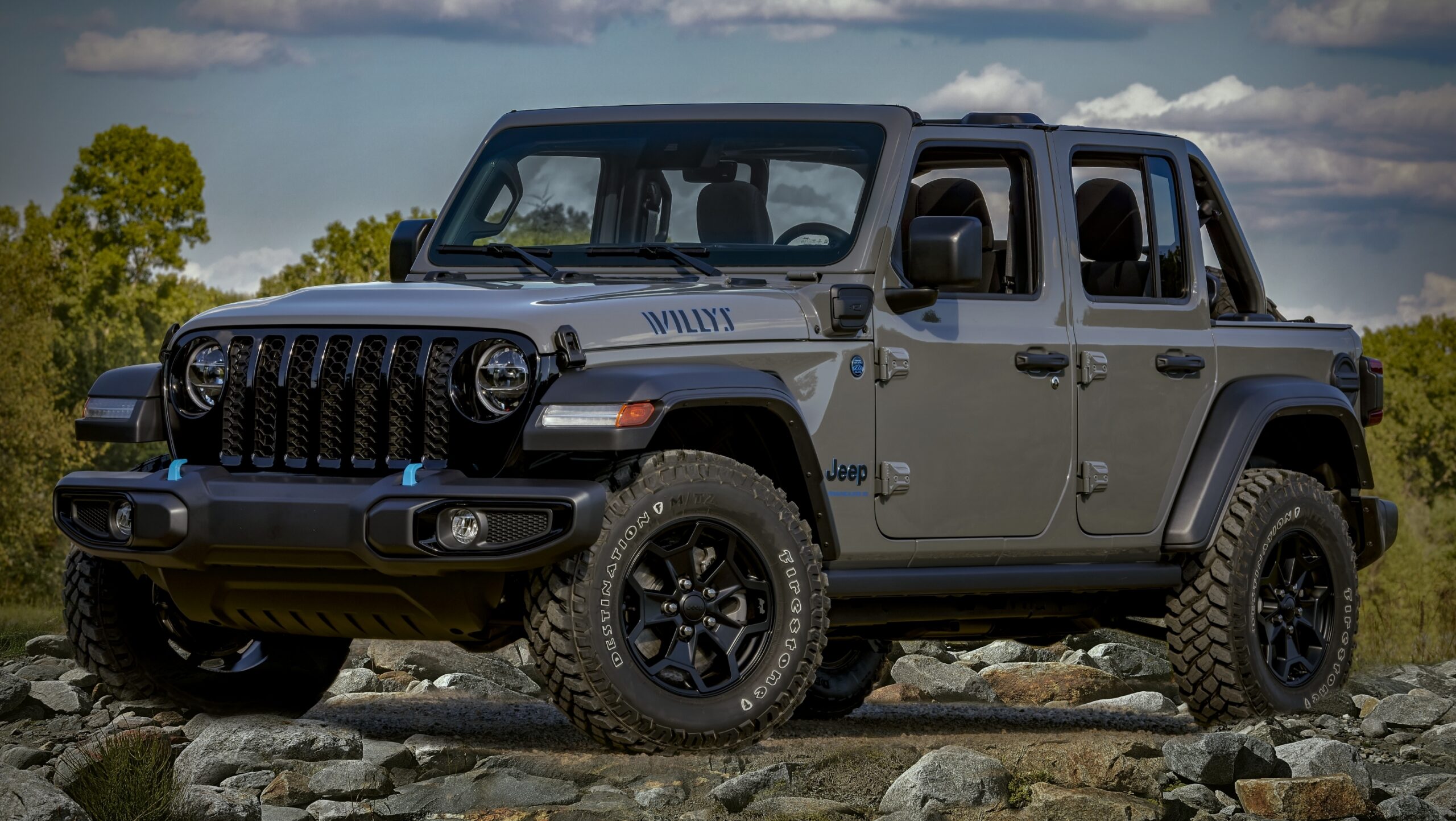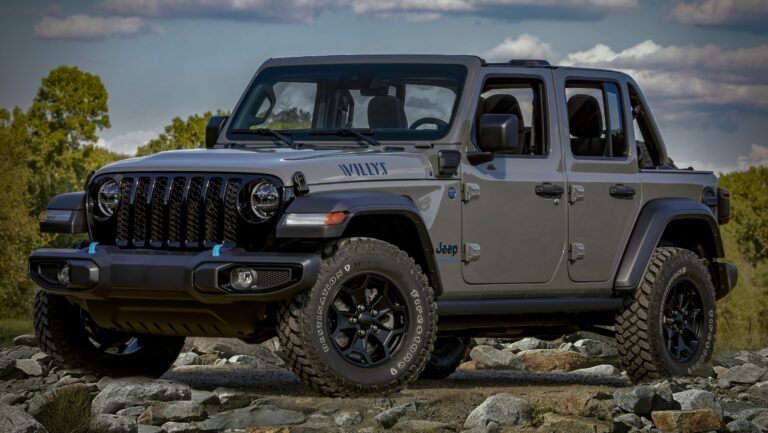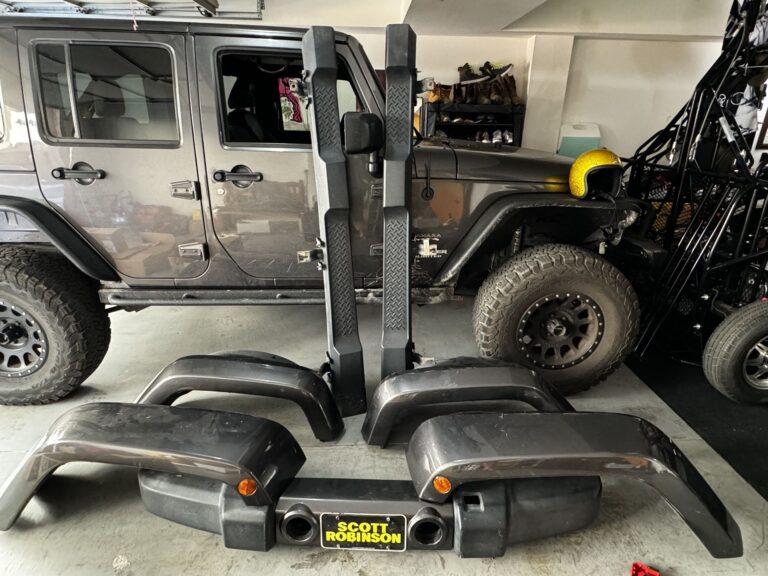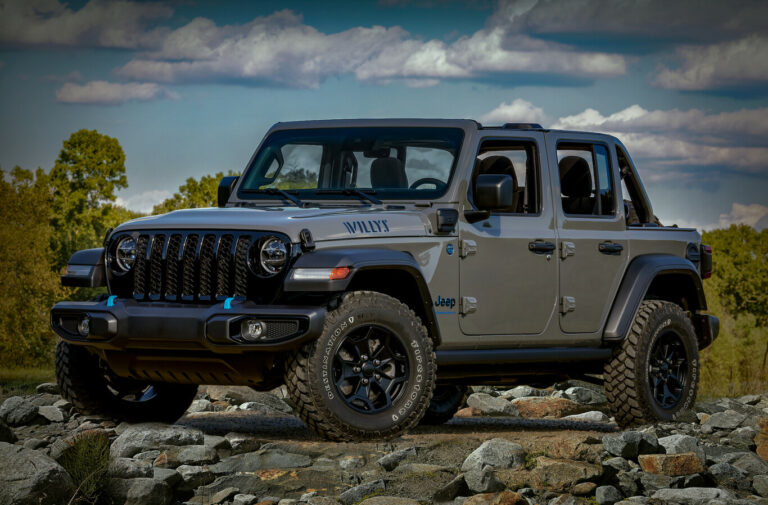Jeep Stock Rims For Sale: A Comprehensive Guide to Authentic Wheel Choices
Jeep Stock Rims For Sale: A Comprehensive Guide to Authentic Wheel Choices jeeps.truckstrend.com
The allure of a Jeep is undeniable, a blend of rugged capability and iconic design. For many Jeep owners, maintaining that authentic look and ensuring optimal performance means sticking with original equipment manufacturer (OEM) parts, especially when it comes to wheels. When you hear "Jeep stock rims for sale," it refers to the factory-issued wheels designed specifically for various Jeep models. Whether you’re replacing a damaged rim, looking for a full-size spare, building a dedicated off-road or winter wheel set, or simply want to restore your Jeep’s original aesthetic, understanding the market for stock rims is crucial.
This comprehensive guide will delve into the world of Jeep stock rims, exploring their benefits, the different types available, where to find them, critical considerations before purchase, and practical advice to ensure you make an informed decision.
Jeep Stock Rims For Sale: A Comprehensive Guide to Authentic Wheel Choices
Why Choose Jeep Stock Rims? Unpacking the Benefits and Considerations
Opting for stock rims, also known as OEM (Original Equipment Manufacturer) wheels, offers a distinct set of advantages that often outweigh the appeal of aftermarket alternatives, especially for certain applications.
The Undeniable Benefits:
- Perfect Fitment and Compatibility: This is perhaps the most significant advantage. Stock rims are engineered by Jeep specifically for your vehicle’s model, year, and trim. This guarantees precise bolt patterns, offsets, backspacing, and center bore diameters, eliminating concerns about rubbing, clearance issues, or added stress on suspension components. You can be confident they will fit perfectly, without the need for spacers or adapters.
- OEM Quality and Durability: Jeep’s factory rims are manufactured to stringent quality standards, undergoing rigorous testing for strength, fatigue, and impact resistance. They are designed to withstand the varied conditions a Jeep is built for, from daily commutes to challenging off-road trails. This ensures long-term reliability and safety.
- Maintained Aesthetics and Resale Value: Stock rims preserve the original design intent of your Jeep, maintaining its classic and recognizable appearance. For purists or those looking to sell their vehicle down the line, having the original wheels can significantly contribute to maintaining its resale value and appeal.
- Cost-Effectiveness (Especially Used): While new OEM rims from a dealership can be pricey, the used market offers excellent value. You can often find complete sets of gently used stock rims at a fraction of the cost of new aftermarket options, making them an economical choice for replacements or secondary sets.
- Ideal for Specific Setups: Stock rims are perfect for creating a dedicated set of winter tires, a full-size spare that matches your existing wheels, or even for restoring a classic Jeep to its original factory condition.

Challenges and Important Considerations:
While advantageous, stock rims do come with certain limitations or points to consider:
- Limited Customization: If you’re looking to drastically change your Jeep’s appearance or achieve a unique, personalized look, aftermarket rims offer far more design and finish choices. Stock rims adhere to a specific factory aesthetic.
- Weight: Some stock alloy wheels can be heavier than certain lightweight aftermarket options, which might marginally impact fuel efficiency or unsprung weight. However, this is often negligible for most Jeep owners.
- Availability (for older models): While common for newer models, finding specific stock rims for very old or rare Jeep models in pristine condition can be a challenge.
- Condition of Used Rims: When purchasing used stock rims, thorough inspection is paramount. They may exhibit curb rash, scratches, or even more severe damage like bends or cracks, which can compromise safety and performance.


Types of Jeep Stock Rims: A Glimpse into the Diversity
Jeep has produced a vast array of stock rims over the decades, varying by model, trim level, year, and even region. Understanding these variations is key to finding the right fit for your vehicle.
- By Jeep Model/Generation: The most significant differentiator is the Jeep model itself. Rims for a Wrangler JL (2018-Present) will be vastly different from those for a Cherokee XJ (1984-2001) or a Grand Cherokee WK2 (2011-2020). Each model often has unique bolt patterns, offsets, and diameter requirements. Within each model, different trim levels (e.g., Wrangler Sport, Sahara, Rubicon) often come with distinct wheel designs and sizes.
- By Material:
- Alloy Wheels: The most common type for modern Jeeps. These are typically made from aluminum alloy, offering a good balance of strength, relatively lighter weight, and corrosion resistance. They come in various finishes like painted, machined, polished, or chrome.
- Steel Wheels: More prevalent on older Jeep models, base trim levels, or as spare wheels. Steel wheels are incredibly durable and often cheaper, but they are heavier and more prone to rust if not properly maintained.
- By Finish: Stock rims can feature a variety of finishes, including:
- Painted: Often silver, black, or grey.
- Machined: A polished, bare metal look, sometimes with clear coat.
- Polished: Highly reflective, mirror-like finish.
- Chrome: A bright, reflective plating, less common on newer off-road-focused Jeeps.
- By Size: Jeep stock rims range widely in diameter (typically 15 inches to 20 inches, sometimes larger on Grand Cherokees) and width. The diameter dictates the tire size, while the width affects tire compatibility and overall stance.
Where to Find Jeep Stock Rims For Sale: Your Sourcing Guide
Locating the right set of Jeep stock rims requires knowing where to look. Both new and used options are available, each with its own price point and considerations.
- Online Marketplaces:
- eBay: A vast selection, often including both new and used sets from private sellers and businesses. Be mindful of shipping costs and seller reputation.
- Craigslist & Facebook Marketplace: Excellent for finding local deals, allowing for in-person inspection and saving on shipping. Use specific search terms like "Jeep Wrangler JK rims" or "Grand Cherokee WK2 wheels."
- Dedicated Forums & Enthusiast Groups: Many Jeep-specific forums (e.g., JL Wrangler Forums, JK-Forum, Cherokee Forum) and Facebook groups have "for sale" sections where members sell their OEM parts after upgrading to aftermarket. These often provide more knowledgeable sellers and buyers.
- Salvage Yards/Junkyards: These can be treasure troves for older or less common stock rims at very low prices. However, finding a complete set in good condition can be a challenge, and thorough inspection is crucial.
- Dealerships: Your local Jeep dealership can order brand-new OEM rims. This is the most expensive option but guarantees brand-new quality and the exact part number for your vehicle.
- Tire Shops and Wheel Retailers: Some larger tire shops or wheel retailers might have a small inventory of used stock rims taken as trade-ins. It’s worth calling around.
- Specialized OEM Parts Websites: Several online retailers specialize in selling new or refurbished OEM parts, including wheels. These sites often offer diagrams and part number lookups for precise compatibility.
Important Considerations Before Buying: Your Pre-Purchase Checklist
Before you commit to purchasing any Jeep stock rims, especially used ones, a careful evaluation is essential to avoid disappointment or safety issues.
- Compatibility is King: This cannot be stressed enough. You must know your Jeep’s exact wheel specifications:
- Bolt Pattern: (e.g., 5×5" or 5x127mm for modern Wranglers/Gladiators; 5×4.5" or 5×114.3mm for older Cherokees/Wrangler TJs, Renegade/Compass).
- Diameter and Width: Ensure they match your current tires or your intended tire size.
- Offset and Backspacing: These measurements dictate how far the wheel sits in or out from the hub. Incorrect offset can lead to rubbing on suspension components or fender flares.
- Center Bore: The hole in the center of the wheel that fits over the hub. It should be the correct size or larger (and use hub-centric rings).
- Condition of Used Rims: Inspect meticulously!
- Visual Inspection: Look for curb rash, scratches, paint chips, and corrosion (especially on steel).
- Structural Integrity: This is paramount. Check for bends, cracks, or dents on the wheel lip or face. Even a slight bend can cause vibration and make balancing impossible.
- Evidence of Repairs: Be wary of rims that show signs of welding or significant repair work, as their structural integrity may be compromised.
- Ask Questions: Inquire about the wheels’ history: Were they involved in an accident? Do they hold air? Were they ever balanced successfully?
- Tire Pressure Monitoring System (TPMS): Modern Jeeps require TPMS sensors. If the rims you’re buying don’t include them, you’ll need to purchase new compatible sensors and have them installed and calibrated, adding to your overall cost.
- Lug Nuts: While often overlooked, some stock rims require specific types of lug nuts (e.g., conical vs. spline). Ensure you have the correct ones or factor in the cost of new ones.
- Shipping Costs: Wheels are heavy and bulky. If buying online from a distance, shipping can be significant. Always factor this into your total budget.
- Price Negotiation: For used rims, there’s almost always room for negotiation, especially if you’re buying a full set or if the rims have minor cosmetic imperfections.
How to Inspect and Buy Used Jeep Stock Rims: Practical Advice
When meeting a seller for used rims, follow these steps for a thorough inspection:
- Meet in Daylight: Ensure good lighting to spot imperfections.
- Clean the Rims: If possible, wipe them down to clearly see any damage.
- Spin the Wheel: While holding the rim upright, give it a spin. Look for any noticeable wobbles or flat spots, which could indicate a bend.
- Check Both Sides: Inspect the inner barrel and outer face for cracks, especially around the lug nut holes and spokes.
- Run Your Hand Along the Edges: Feel for any major dents or flat spots on the rim’s lip.
- Ask for Proof of Balance (if possible): If the seller claims they were recently balanced, ask for a receipt from a tire shop.
Installation Tips:
Once you’ve acquired your rims, professional installation is highly recommended. A reputable tire shop can:
- Mount and balance your tires correctly.
- Install and calibrate new TPMS sensors.
- Ensure proper lug nut torque to prevent loosening or overtightening.
- Perform a quick check for rubbing after installation, especially if you’ve changed tire sizes.
Representative Pricing for Used Jeep Stock Rims
The price of used Jeep stock rims varies significantly based on condition, rarity, model, and whether they include TPMS sensors or tires. The table below provides a representative range for individual used rims in good, usable condition, not including shipping or installation.
| Jeep Model/Generation | Common Rim Styles/Names | Diameter Range | Material (Typical) | Typical Used Price Range (Per Rim) | Notes





